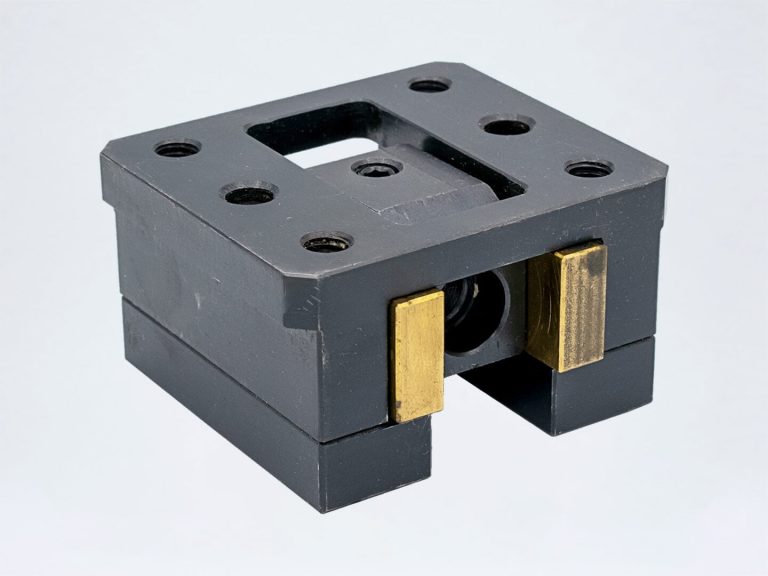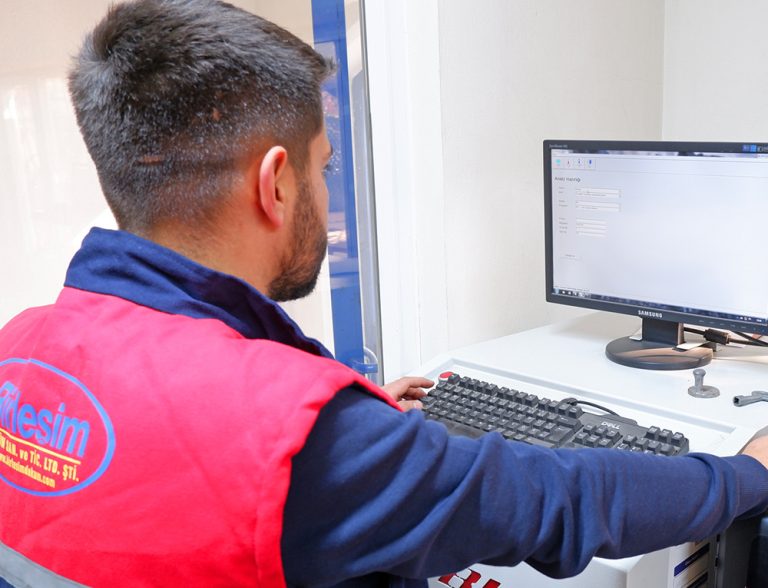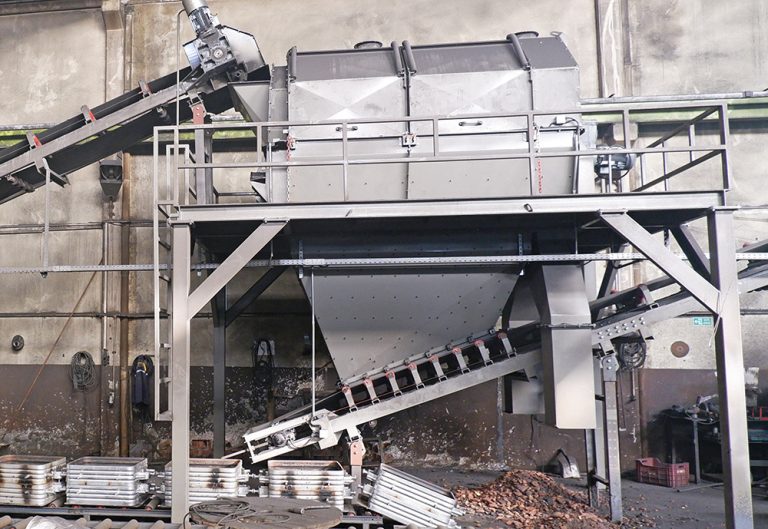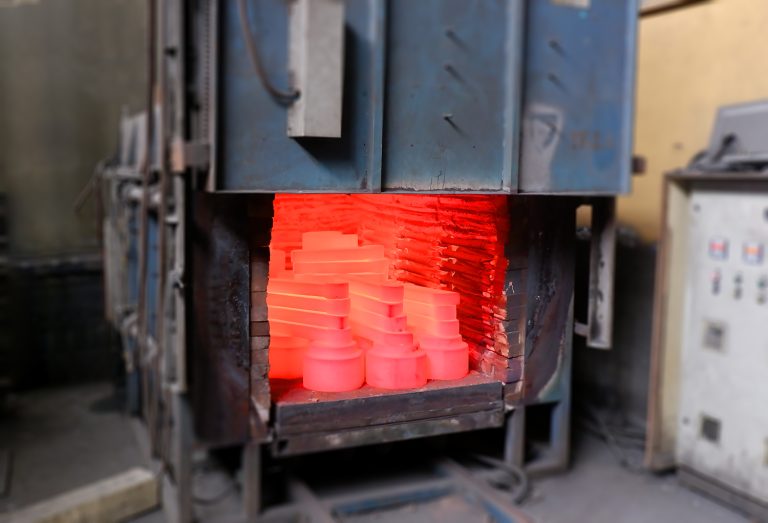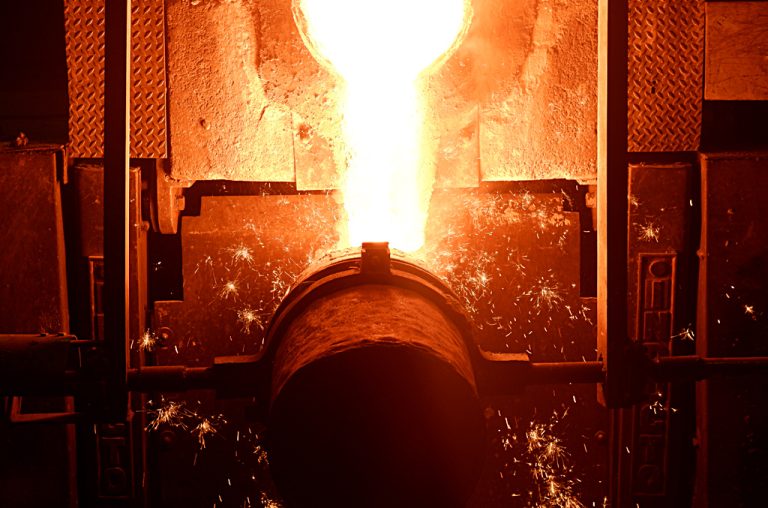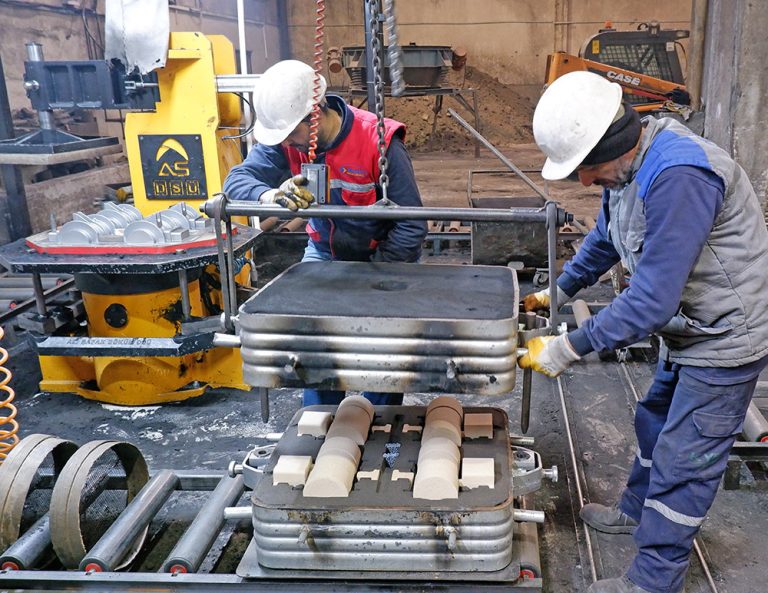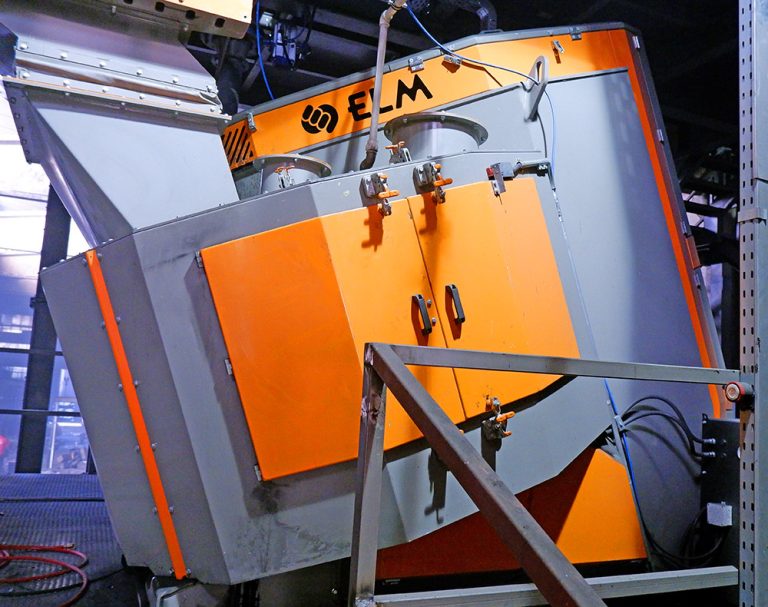Our Production Stages
Core Unit The cores of casting products, manufactured in our factory through cold box, hot box and shell core methods, are dried in the core drying oven to meet the highest quality standards and are given to the production line after passing the necessary quality controls.
Quality Control Our company, which always adopts customer satisfaction as a principle in its quality policy, attempts to manufacture products under customer demands and offer them on time. Products’ quality control is always under control before and after production. We know the importance of our quality control phrases and apply them to determine product specifications, … Continue reading Quality Control
Sandblasting We carry out the sandblasting process of the casting parts, which are taken from the shakeout machine and still have sand, with two sandblasting machines we have within our structure. The parts taken from the Shakeout Machine are properly placed in specially prepared high manganese baskets and the lids are closed. The process is … Continue reading Sandblasting
NORMALIZING (HEAT TREATMENT-ANNEALING) The purpose of the normalizing process is to gain the steel a homogeneous/uniform and fine-grained structure. The process is applied to obtain a predictable microstructure and an assurance of the steel’s mechanical properties. Advantage After forging, hot rolling, or casting, the microstructure of the steel becomes coarse-grained and non-homogenized and consists of … Continue reading NORMALIZING (HEAT TREATMENT-ANNEALING)
Melting Unit There are two Inductotherm Dual Track Melting units within the body of our company. The first of them has a capacity of 500 and 750 kg, and the other is 1500×2 (3 tons) kg furnaces. After the melting process heats the furnaces for a while by means of electricity, the necessary raw material … Continue reading Melting Unit
Molding Unit The sand, whose humidity values are prepared with the automation program, is transported from the silos to the warehouses through the Press Machine. The required sand is transferred to the molding grades as needed through automation. The upper and lower mold (Cope and Drag ) halves are filled with sand separately. If there is … Continue reading Molding Unit
Sand Preparation The casting grades made by the means of the press get ready for casting by being pushed over the line, and the melted raw material is poured into the casting grades through casting crucibles. It is chilled off for a while, and after the realization of chilling, it is taken to the shakeout … Continue reading Sand Preparation
THE NORMS OF DUCTILE IRON WE PRODUCE
EN-GJL-200 (GG 20)
EN-GJL-250 (GG 25)
EN-GJL-300 (GG 30)
Ductile Iron was invented in 1943. It is a modern iteration of cast iron. Cast iron and ductile iron have contrasting physical properties caused by differences in their microstructures.
The graphite and carbon contained in cast iron occur as flakes; cast iron exhibits positive compressive load capabilities, but tensile loading above its natural tensile strength can cause cracks to form and propagate rapidly out from stress points within the flaked graphite microstructure. As a result, cast iron has virtually no elongation. It is a brittle material, and thus its use in tensile and shock-loading operations is limited.
The graphite in ductile iron occurs as spheroids, so it is sometimes referred to as spheroidal graphite. Similarly, the term nodular iron stems from the fact that the carbon contained in ductile iron is held in the form of nodules. This unique microstructure causes ductile iron to withstand bending and shock loading far better than traditional cast iron.
It is highly demanded from all over the world, including our country. It is also known as spheroidal graphite cast iron. Having a high elongation feature provides many advantages to the users and is also one of the main reasons for preference. There are different product ranges in direct proportion to the popularity seen.
Ductile Iron is a special type that is specially cast and processed with long-life magnesium to gain advanced durability against impact.
THE NORMS OF DUCTILE IRON WE PRODUCE
EN-GJS-400-15 (GGG-40)
EN-GJS-500-7 (GGG-50)
EN-GJS-600-3 (GGG-60)
EN-GJS-700-2 (GGG-70)
EN-GJS-800-2 (GGG-80)
Steel Casting is a metal alloy whose major component is iron, with a carbon content between 0.02% and 2,1% by weight. The carbon content in the steel alloy plays an active role in the classification of steel. Although carbon is generally the alloying agent of iron, different elements such as magnesium, chromium, vanadium, and tungsten [1] can also be used in alloying the iron element. Carbon and other elements act as a hardening agent, preventing dislocations in the iron atom crystal lattice from sliding past one another. Varying the amount of alloying elements and the way they are incorporated into the steel (solute elements, precipitated phase) influences such properties as hardness, ductility, and tensile strength of the resulting steel. With increased carbon content steel becomes harder and stronger than iron, but also more brittle.
Because of its high tensile strength and low cost, steel is used in buildings, infrastructure, tools, ships, trains, cars, machines, electrical appliances, and weapons. Iron is the base metal of steel. Depending on the temperature, it can take two cubic crystalline forms (allotropic forms): body-centered cubic and face-centered cubic. The interaction of the allotropes of iron with the alloying elements, primarily carbon, gives steel and cast iron their range of unique properties.
THE NORMS OF STEEL CASTING WE PRODUCE
GS 38 STEEL CASTING
GS 45 STEEL CASTING
GS 52 STEEL CASTING
GS 60 STEEL CASTING
4140 STEEL CASTING
4340 STEEL CASTING
5140 STEEL CASTING
8620 STEEL CASTING
